Recessed lighting, 20' ceilings
drtechno
14 years ago
Featured Answer
Sort by:Oldest
Comments (15)
normclc
14 years agolast modified: 9 years agoRelated Professionals
Romeoville Lighting · Franklin Furniture & Accessories · Minneapolis Furniture & Accessories · Philadelphia Furniture & Accessories · San Diego Furniture & Accessories · Washington Furniture & Accessories · Bel Air North Interior Designers & Decorators · Framingham Center Electricians · Wellesley Electricians · Algonquin Decks, Patios & Outdoor Enclosures · Bellingham Decks, Patios & Outdoor Enclosures · Cary Decks, Patios & Outdoor Enclosures · Coatesville Decks, Patios & Outdoor Enclosures · Lockport Decks, Patios & Outdoor Enclosures · Pecan Grove Decks, Patios & Outdoor Enclosuresbugbite
14 years agolast modified: 9 years agodrtechno
14 years agolast modified: 9 years agobugbite
14 years agolast modified: 9 years agonormclc
14 years agolast modified: 9 years agobugbite
14 years agolast modified: 9 years agobugbite
14 years agolast modified: 9 years agonormclc
14 years agolast modified: 9 years agobugbite
14 years agolast modified: 9 years agodrtechno
14 years agolast modified: 9 years agodrtechno
14 years agolast modified: 9 years agobugbite
14 years agolast modified: 9 years agodim4fun
14 years agolast modified: 9 years agodrtechno
14 years agolast modified: 9 years ago
Related Stories
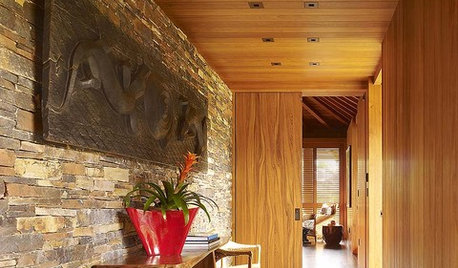
LIGHTINGRecessed Lighting 101
Looking to brighten a drab, dim space? Recessed lighting may be your answer. Here's what you need to know
Full Story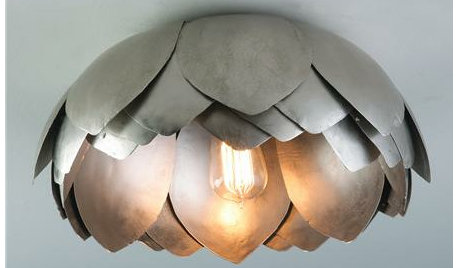
LIGHTINGGuest Picks: 20 Fabulous Ceiling Lights
Replace those boring overhead light fixtures with flush mounts that shine with personality
Full Story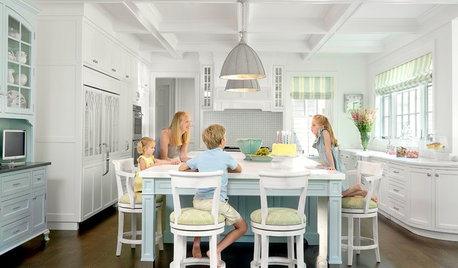
LIGHTINGSource List: 20 Pendants That Illuminate the Kitchen Island
See the ceiling lighting fixtures that are popular on Houzz and find out where to get them
Full Story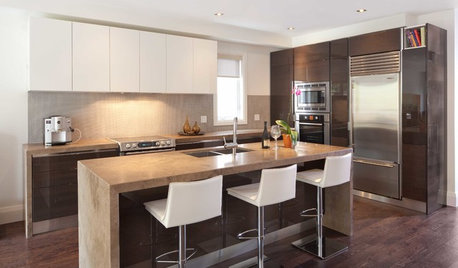
LIGHTINGGet Your Home's Recessed Lighting Right
Learn the formula for how much light a room needs plus how to space downlights, use dimmers and more
Full Story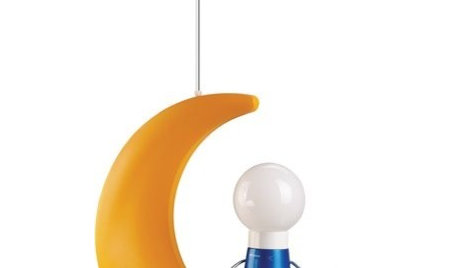
PRODUCT PICKSGuest Picks: 20 Singular Kids' Ceiling Lights
Set your child's imagination aloft with ceiling light fixtures that go above and beyond
Full Story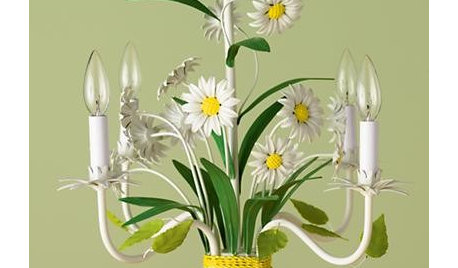
BEDROOMSGuest Picks: 20 Kids' Bedroom Chandeliers
Choose from princess-y pink, peppy mod and more for your little one's overhead lighting
Full Story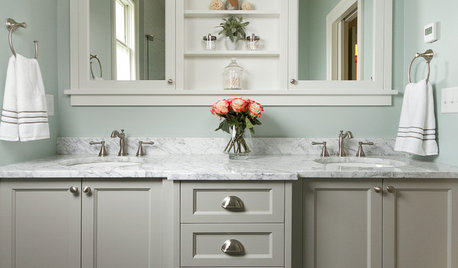
BATHROOM DESIGNShould You Get a Recessed or Wall-Mounted Medicine Cabinet?
Here’s what you need to know to pick the right bathroom medicine cabinet and get it installed
Full Story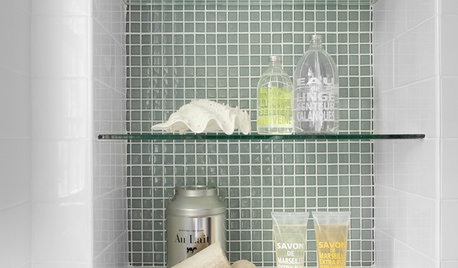
BATHROOM DESIGNRecess Time: Boost Your Bathroom Storage With a Niche
Carve out space behind the drywall to add shelves or cabinets, giving you more room for bathroom essentials and extras
Full Story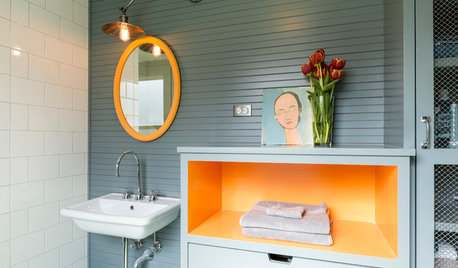
COLOR PALETTESRecessive Color: 8 Eye-Catching Niches, Nooks and Crannies
Create a focal point with a small chunk of a big hue
Full Story
PRODUCT PICKSGuest Picks: 20 Light and Airy Playroom Finds
These neutral kid-friendly furnishings and accessories go with everything and let colorful toys stand out
Full Story







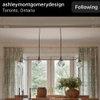
bugbite